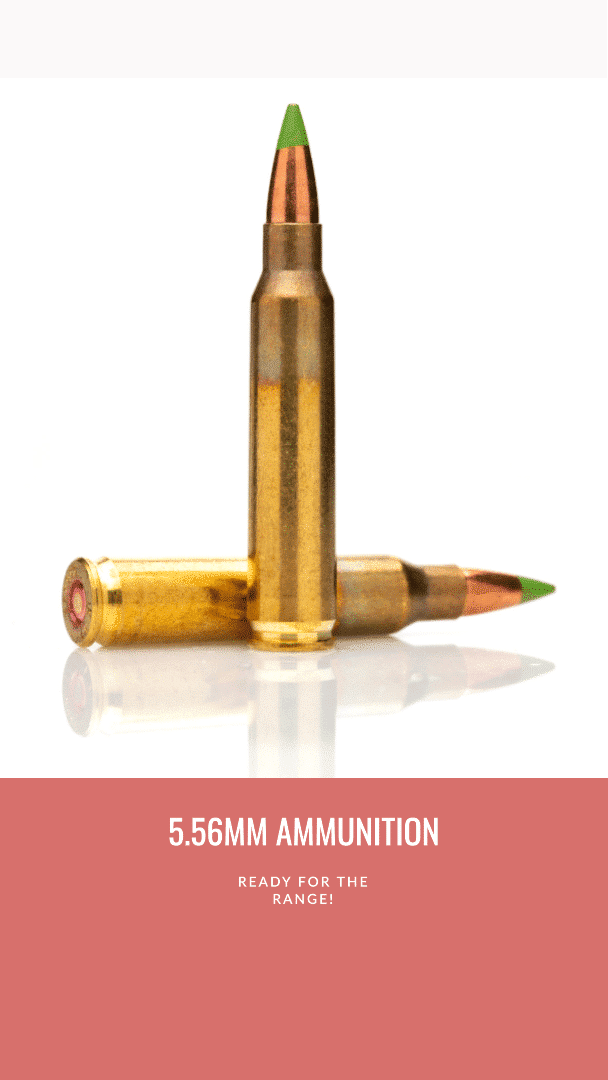Body armor is a piece of equipment that can provide protection to individuals who may face dangerous situations, such as those in law enforcement or the military. However, body armor is not just limited to these professionals, and civilians can also benefit from its protection.
It is crucial to comprehend the varying degrees of protection that body armor offers in order to select the optimal safeguard for individual safety requirements. The National Institute of Justice (NIJ) establishes the benchmarks for body armor, which are established according to the caliber of ammunition that the armor is designed to withstand. Familiarity with these levels of protection is paramount to making informed decisions regarding personal defense.

The National Institute of Justice (NIJ) sets the standards for body armor, which is based on the type of ammunition the armor is designed to stop. The NIJ standards range from Level IIA to Level IV, with each level providing increasing protection levels.

Level IIA
Level IIA armor is tested to stop 9mm and .40 S&W ammunition fired from short barrel handguns. This level of armor offers protection against low-velocity ammunition and is commonly used by police officers and other law enforcement professionals.
Level II
Level II armor provides protection against 9mm and .357 Magnum ammunition fired from short barrel handguns. This level of armor is also commonly used by law enforcement personnel and offers a higher level of protection than Level IIA armor.
Level IIIA
Level IIIA armor is tested to stop .357 SIG and .44 Magnum ammunition fired from longer barrel handguns. This level of armor provides protection against high-velocity ammunition, but it does not protect against rifle ammunition. It is commonly used by SWAT teams and other specialized law enforcement units.
Level III
Level III armor is designed to stop 7.62mm FMJ lead core rifle ammunition. This level of armor provides protection against high-velocity rifle rounds but does not offer protection against armor-piercing ammunition.
Level IV
Level IV armor is the highest level of protection available and is tested to stop .30cal steel core armor-piercing rifle ammunition. Level IV armor is designed to offer protection against armor-piercing ammunition and provides the highest level of protection available.

While the NIJ standards provide a helpful guide for selecting body armor, they fail to specifically address the 5.56mm/.223 ammunition commonly used in rifles such as the AR-15. This type of ammunition comes in different constructions, including those with lead cores and others with steel or partial steel cores.
When it comes to 5.56mm/.223 Jacketed Hollow Point (JHP) ammunition, which has a lead core, Level III hard armor plates can typically provide adequate protection. This type of ammunition is frequently used for hunting and target shooting and is generally not considered a significant threat to law enforcement or military personnel.
On the other hand, 5.56mm/.223 Green Tip Full Metal Jacket (FMJ) ammunition, which contains a part steel core, is more difficult to stop. For optimal protection against this type of ammunition, Level IV armor is the recommended choice.
Furthermore, 5.56mm/.223 ammunition designed for military use, with a steel or partial steel core, also necessitates Level IV armor for the best protection. It is imperative to carefully consider the type of ammunition that may be encountered in specific situations when selecting body armor to ensure the highest level of personal safety.
It is crucial to recognize that while body armor provides a significant level of protection, it cannot guarantee absolute safety against all types of ammunition. Even the highest level of armor may not offer complete protection against armor-piercing ammunition or other high-velocity rounds.
In addition to level of protection, it is equally important to take into account the weight and comfort of the armor when making a selection. As the weight of the armor increases, it can become more cumbersome and have an adverse impact on mobility and endurance during extended periods of wear. Therefore, it is essential to strike a balance between protection level and comfort to ensure that the chosen armor provides optimal protection while also allowing for maximum ease of movement.
FAQs
Q: Is it legal for civilians to purchase body armor?
A: Yes, it is legal for civilians to purchase and own body armor in most states. However, some states may have specific restrictions or regulations on the purchase or ownership of body armor, so it’s important to check local laws.
Q: How do I know what size body armor to purchase?
A: Body armor comes in different sizes, and it’s important to select the appropriate size to ensure maximum protection. It’s recommended to measure the circumference of the chest at the widest point and select the size that corresponds to that measurement.
Q: How long does body armor last?
A: Body armor has a limited lifespan and should be replaced after five years of use or if it is damaged or worn. Proper storage and maintenance can help prolong the lifespan of body armor.
Q: Can body armor be worn under clothing?
A: Yes, some types of body armor can be worn under clothing. However, it’s important to select armor that is designed to be worn in this manner and ensure that it fits comfortably and does not hinder movement.
Q: How heavy is body armor?
A: The weight of body armor can vary depending on the level of protection and the materials used. Lightweight armor can weigh as little as a few pounds, while heavier armor can weigh 20 pounds or more.
